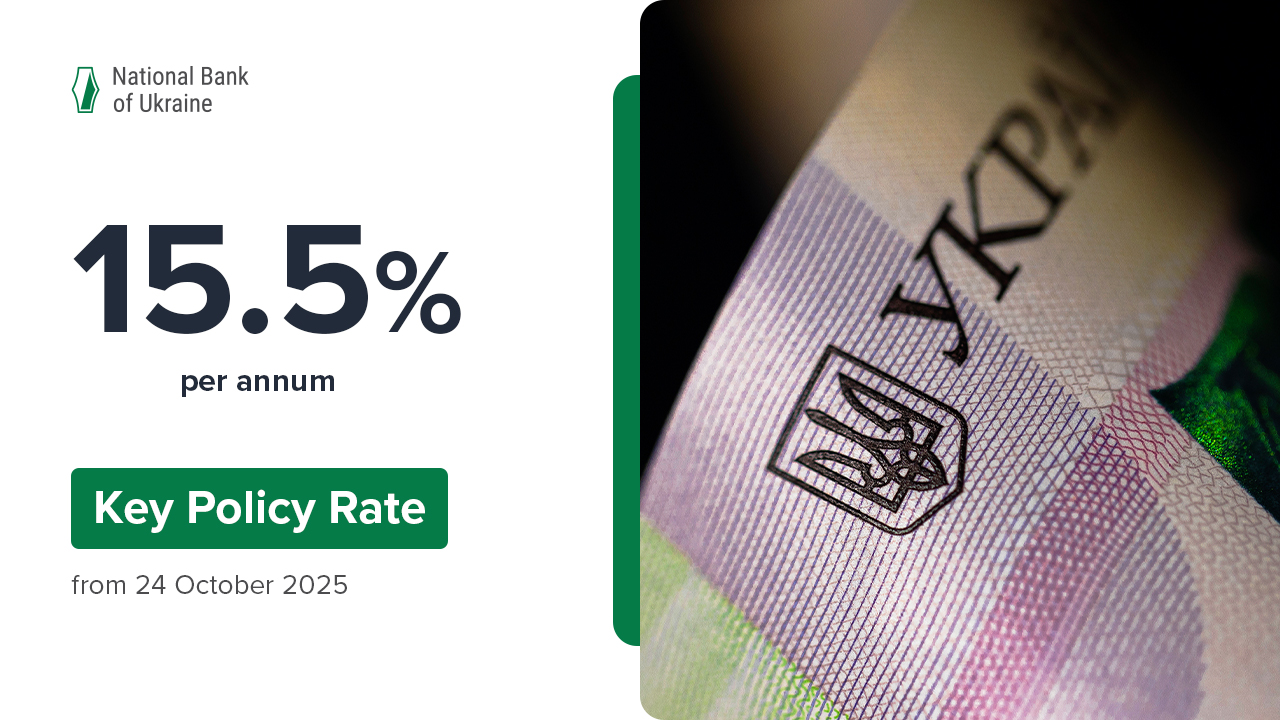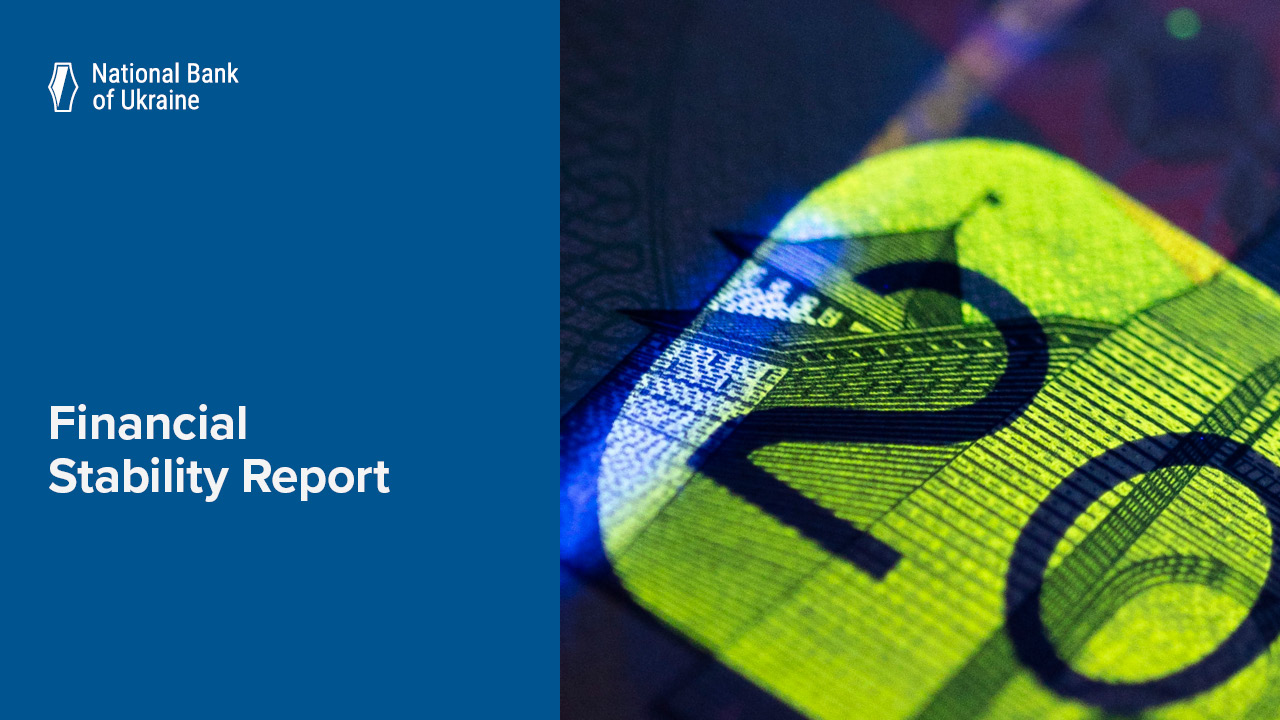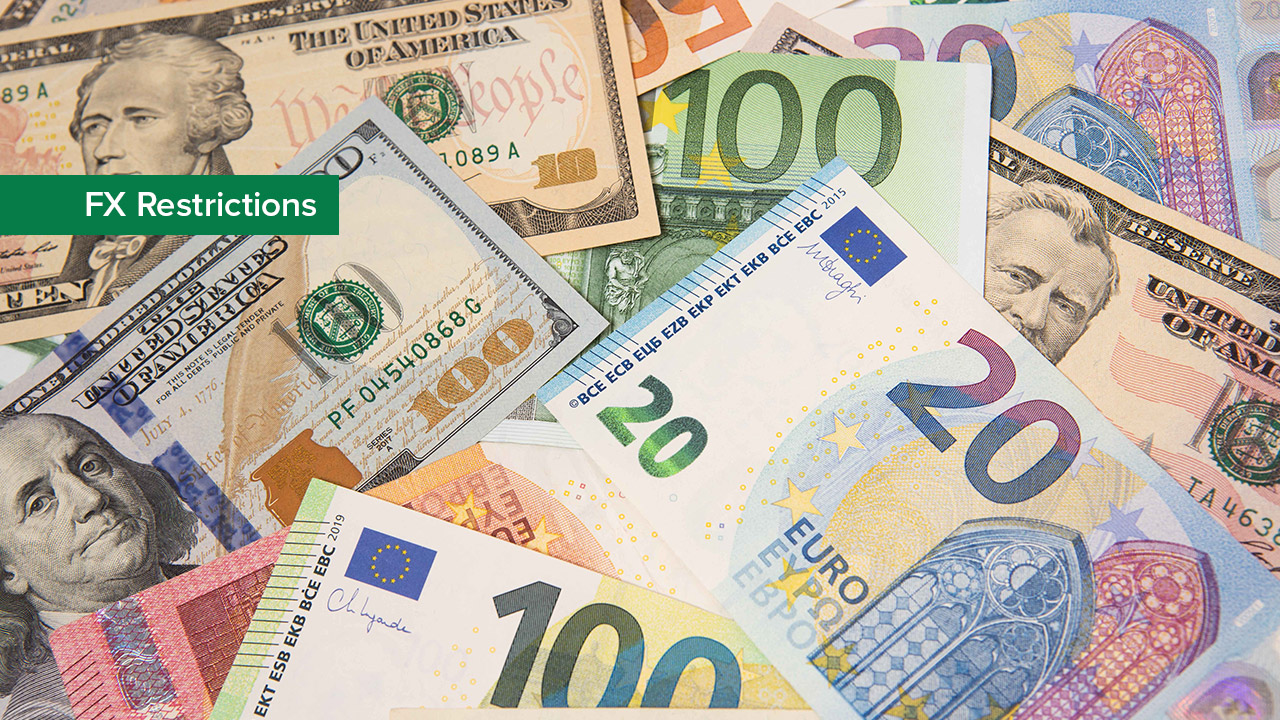Dear colleagues,
I would like to greet all the participants at our traditional meeting following the National Bank of Ukraine’s Board meeting on monetary policy.
I would like to inform you that the NBU Board has decided to raise its key policy rate to 14.5% per annum, effective 15 December this year. The decision was prompted by heightened inflation risks. The tightening of monetary policy is necessary to bring inflation down to its target in the mid-term.
I’d like to outline how inflation has changed since our last monetary policy meeting in late October.
Over the past two months headline inflation rates were declining, although at a slower pace than the NBU has projected. In November, headline inflation stood at 13.6% yoy.
The deviation of inflation from its target is attributed to higher than expected rates of core inflation driven by rising production costs and buoyant consumer demand. Prices for raw foods and fuels were growing at a faster pace than forecasted, which contributed further to the inflation deviation.
Headline inflation slowed down mostly due to fading impact of the factors which were drivers behind a steep mid-year increase in prices for raw foods, namely, for milk, meat and vegetables.
Prices of processed foods rose much higher than expected, reflecting past increase in prices for respective raw foods. Moreover, prices for services were increasing at a faster pace driven by rising production costs and buoyant consumer demand.
Against this background, in November core inflation accelerated to 8.6% yoy showing the strengthening of underlying pressure on consumer prices.
Fuel prices also grew bolstered by higher global oil prices and the hryvnia weakening against the euro (as fuel excise taxes are set in euro).
The situation on the FX market was exerting a moderate pressure on inflation, mostly on prices for imported non-food products such as household appliances.
Since late November the hryvnia has seen depreciation pressures caused by temporary factors, including the seasonal ones. The foreign currency supply is particularly sensitive to a seasonal slowdown in economic activity. Moreover, the demand for foreign currency traditionally rises at the end of the year. The effect of psychological factors - negative expectations for future hryvnia dynamics - cannot be overlooked either.
However, the underlying factors remain favorable.
External demand for Ukraine’s exports is supported by an accelerated economic growth in the countries that are Ukraine’s main trade partners. The euro-area economies in Q3 reported the fastest pace of growth in the past six years, while some countries in the Central and Eastern Europe, particularly Romania and Turkey, were the fastest growing economies in the world.
Global prices for Ukraine’s key export commodities have sustained at a relatively high level.
Prices for iron ore were bolstered by high demand from China, despite the decline in metallurgical production in the country’s northern provinces as the country is implementing environmental measures. This helped keep steel prices at a high level. Current prices for Ukrainian steel are 56% higher than a year ago. Against this background, the metallurgical exports have shown a marked revival, currently generating 40% of FX proceeds.
The rise in wheat prices was driven by stronger demand for high-quality grain amid unfavorable weather conditions in some countries. With no clear upward trend, prices for corn, however, remained stable.
Global financial markets saw a stronger investors’ interest in emerging markets’ assets. As a result, investors who transfer funds to Ukraine to invest into hryvnia-denominated domestic government bonds contribute to a gradual increase in the FX supply.
The NBU continues to retain its presence in the FX market to smooth out excessive exchange rate volatility driven by situational factors, if needed. Net FX sales by the NBU have amounted to USD 156 million since the beginning of September. As of the beginning of December, Ukraine’s international reserves stood at USD 18.9 billion, which is sufficient to carry out FX interventions to smooth excessive exchange rate volatility, if needed.
How will these developments affect this year’s inflation?
Slower inflation deceleration indicates that, by the end of 2017, inflation will deviate from its target more than has been earlier projected.
Please note that a deviation from inflation targets does not mean that inflation targeting is not effective in Ukraine. Central banks that implement inflation targeting often face such deviations, as they are an integral part of this monetary policy regime.
If we detect factors that cause inflation to move away from the targets within announced deadlines, we have to take measures towards returning it tothe targets, explain the causes of the deviation, and reason methods and timelines to achieve the targets. The society should know that the NBU’s policy is adequate and inflation will get back to the target over the medium term. That is the reason why we get into so much detail at every meeting dedicated to monetary policy issues.
Returning to today’s decision to raise the key policy rate – what was the reason?
Since the previous decision on key policy rate and the publication of the recent NBU’s macroeconomic forecast, risks to inflation deceleration have become more likely to materialize next year.
First, state budget expenditures in 2018 are planned at a significantly higher level than that on which the NBU’s October forecast has been based. Social standards may also be raised further, which may propel both household consumer demand and production costs.
Second, risks of postponing the disbursement of the next IMF tranche under the EFF program have increased.
Third, growing raw food prices may further exert a significant impact on processed food prices, as was the case in the second half of 2017.
Moreover, the global economic growth may prove more significant than previously estimated. This may favor further labor migration, thus leading to a rise in wages.
These factors have contributed to the deterioration of inflation expectations, mainly of businesses and households, in recent months.
When making the key rate decision in October, we said that the key policy rate might be raised further if the inflation risks materialized.
In view if the need to offset the influence of these risks and to bring the inflation rate back to the target, the NBU has decided to hike the key policy rate to 14.5% per annum.
The money market developments that resulted from the October monetary policy decision have shown that the channels through which the rate affects inflation are reasonably effective. In particular, following the rate hike banks raised their interest rates, encouraging a deposit inflow to the banking system. This has also increased the yield of hryvnia-denominated financial instruments.
The NBU expects that the higher key policy rate will continue to boost deposit inflow to the banking sector, thus curbing consumer demand. Higher rates will make hryvnia-denominated financial instruments more attractive than similar foreign-currency-denominated instruments. This will help rein in inflation in future through the exchange rate channel.
Inflation rate will continue to decline next year thanks to the effect of the higher key policy rate.
The NBU Board is convinced that achieving price stability is a precondition for sustainable economic growth. In particular, a sustained improvement in inflation expectations is the main factor for loan interest rates to decrease in the mid-term.
What kind of monetary policy is expected in the future?
If fundamental inflation risks increase further, the NBU may resort to further key rate hikes to bring inflation back to the target range. The next key rate decision will factor in new macroeconomic projections, inflation projections in particular.
Today’s meeting on monetary policy issues has been the last one this year. The next meeting of the NBU Board on monetary policy issues will be held on 25 January next year. It will also feature updated macroeconomic forecast for 2018 and beyond.
Thank you for your attention!






